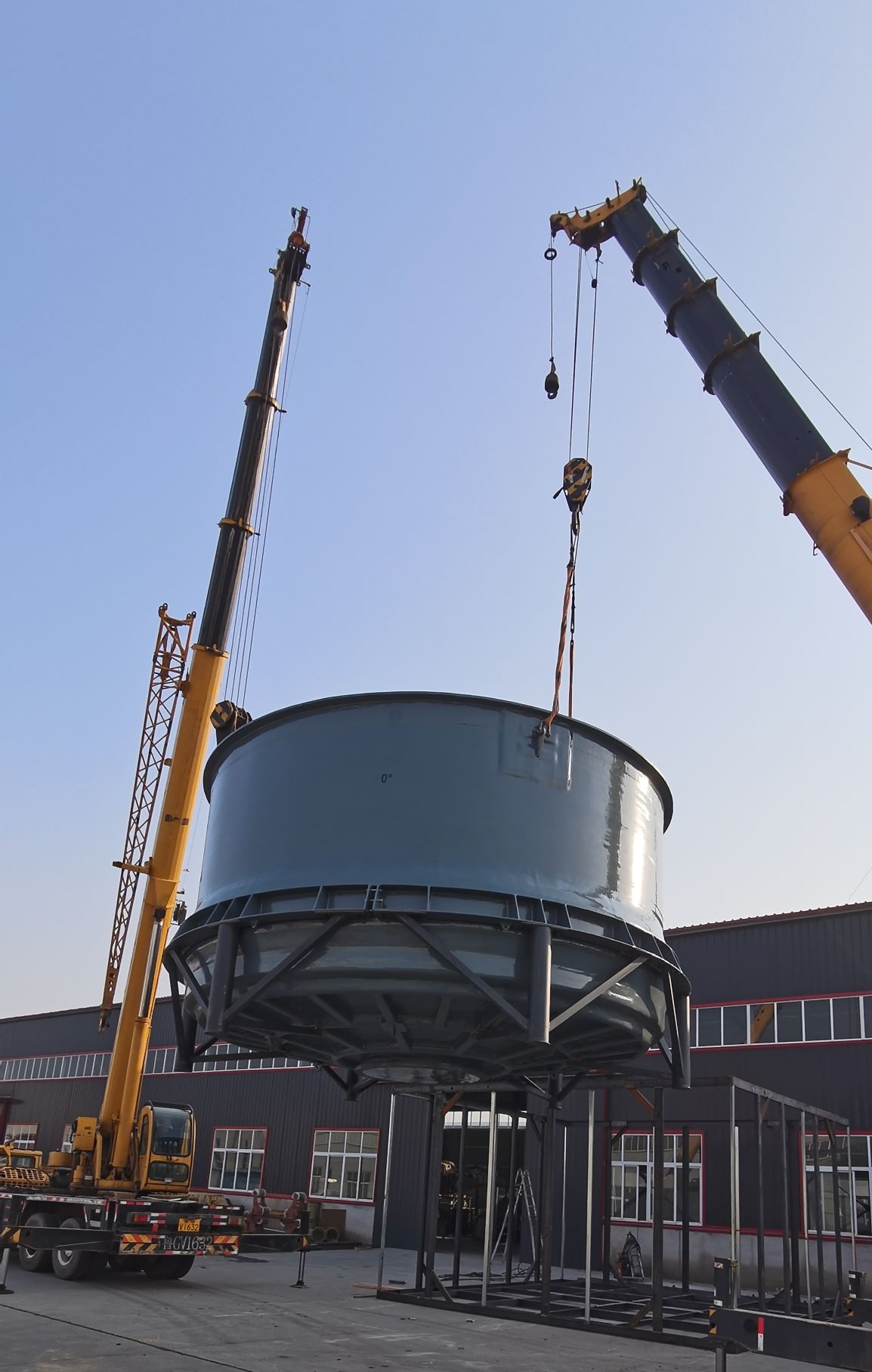
-
 Afrikaans
Afrikaans -
 Albanian
Albanian -
 Amharic
Amharic -
 Arabic
Arabic -
 Armenian
Armenian -
 Azerbaijani
Azerbaijani -
 Basque
Basque -
 Belarusian
Belarusian -
 Bengali
Bengali -
 Bosnian
Bosnian -
 Bulgarian
Bulgarian -
 Catalan
Catalan -
 Cebuano
Cebuano -
 China
China -
 China (Taiwan)
China (Taiwan) -
 Corsican
Corsican -
 Croatian
Croatian -
 Czech
Czech -
 Danish
Danish -
 Dutch
Dutch -
 English
English -
 Esperanto
Esperanto -
 Estonian
Estonian -
 Finnish
Finnish -
 French
French -
 Frisian
Frisian -
 Galician
Galician -
 Georgian
Georgian -
 German
German -
 Greek
Greek -
 Gujarati
Gujarati -
 Haitian Creole
Haitian Creole -
 hausa
hausa -
 hawaiian
hawaiian -
 Hebrew
Hebrew -
 Hindi
Hindi -
 Miao
Miao -
 Hungarian
Hungarian -
 Icelandic
Icelandic -
 igbo
igbo -
 Indonesian
Indonesian -
 irish
irish -
 Italian
Italian -
 Japanese
Japanese -
 Javanese
Javanese -
 Kannada
Kannada -
 kazakh
kazakh -
 Khmer
Khmer -
 Rwandese
Rwandese -
 Korean
Korean -
 Kurdish
Kurdish -
 Kyrgyz
Kyrgyz -
 Lao
Lao -
 Latin
Latin -
 Latvian
Latvian -
 Lithuanian
Lithuanian -
 Luxembourgish
Luxembourgish -
 Macedonian
Macedonian -
 Malgashi
Malgashi -
 Malay
Malay -
 Malayalam
Malayalam -
 Maltese
Maltese -
 Maori
Maori -
 Marathi
Marathi -
 Mongolian
Mongolian -
 Myanmar
Myanmar -
 Nepali
Nepali -
 Norwegian
Norwegian -
 Norwegian
Norwegian -
 Occitan
Occitan -
 Pashto
Pashto -
 Persian
Persian -
 Polish
Polish -
 Portuguese
Portuguese -
 Punjabi
Punjabi -
 Romanian
Romanian -
 Russian
Russian -
 Samoan
Samoan -
 Scottish Gaelic
Scottish Gaelic -
 Serbian
Serbian -
 Sesotho
Sesotho -
 Shona
Shona -
 Sindhi
Sindhi -
 Sinhala
Sinhala -
 Slovak
Slovak -
 Slovenian
Slovenian -
 Somali
Somali -
 Spanish
Spanish -
 Sundanese
Sundanese -
 Swahili
Swahili -
 Swedish
Swedish -
 Tagalog
Tagalog -
 Tajik
Tajik -
 Tamil
Tamil -
 Tatar
Tatar -
 Telugu
Telugu -
 Thai
Thai -
 Turkish
Turkish -
 Turkmen
Turkmen -
 Ukrainian
Ukrainian -
 Urdu
Urdu -
 Uighur
Uighur -
 Uzbek
Uzbek -
 Vietnamese
Vietnamese -
 Welsh
Welsh -
 Bantu
Bantu -
 Yiddish
Yiddish -
 Yoruba
Yoruba -
 Zulu
Zulu
Benefits of FRP Flooring for Durability and Performance in Various Applications
Exploring FRP Flooring A Durable and Sustainable Solution
In recent years, industries and homeowners alike have been increasingly turning to Fiber-Reinforced Polymer (FRP) flooring as a viable solution for their flooring needs. Known for its strength, durability, and lightweight nature, FRP flooring has emerged as a popular choice for various applications, ranging from commercial spaces to industrial facilities and residential homes. This article delves into the advantages, applications, and considerations of FRP flooring, highlighting why it is gaining traction in the market.
Advantages of FRP Flooring
1. Durability One of the primary advantages of FRP flooring is its exceptional durability. It is resistant to chemicals, moisture, and harsh environmental conditions, making it ideal for use in industrial settings, laboratories, and areas exposed to extreme weather. Unlike traditional flooring materials, FRP does not warp, crack, or corrode, ensuring a long-lasting surface.
2. Lightweight Despite its strength, FRP is notably lightweight, which simplifies installation and reduces transportation costs. This property makes FRP flooring particularly advantageous for applications where weight is a concern, such as in aviation or marine industries.
3. Ease of Maintenance FRP flooring requires minimal maintenance. Its non-porous surface resists staining and is easy to clean, reducing long-term upkeep costs. This is particularly beneficial in environments that demand high hygiene standards, such as hospitals and food processing facilities.
4. Safety Features Safety is a critical concern in many settings, and FRP flooring addresses this with its slip-resistant properties. This feature helps reduce the risk of accidents in areas prone to spills or moisture, making it a preferable choice for factories, restaurants, and other high-traffic environments.
5. Sustainability As the world becomes more eco-conscious, the sustainability of materials has come into sharper focus. FRP can be designed to be lightweight yet strong, thereby reducing energy consumption during transport and installation. Moreover, many FRP products are made from recycled materials, further contributing to environmental sustainability.
frp flooring

Applications of FRP Flooring
FRP flooring finds its application in a wide range of industries. In the industrial sector, it is commonly used in manufacturing plants, chemical processing facilities, and waste treatment plants due to its resistance to corrosive substances. In the commercial sector, it serves well in retail spaces and warehouses where durability and aesthetics are important. Additionally, transportation industries utilize FRP flooring in vehicles, particularly to reduce weight and improve fuel efficiency.
Residential applications are also emerging, with homeowners choosing FRP flooring for garages, basements, and even kitchens. Its design versatility allows it to be produced in various colors and textures, allowing it to fit seamlessly into diverse interior designs.
Considerations When Choosing FRP Flooring
While FRP flooring offers many benefits, it is essential to consider certain factors when selecting this material. Initial costs can be higher than traditional flooring options, although the long-term benefits often justify the investment. Additionally, the installation process may require specialized skills, which can add to the overall cost. It is also important to ensure that the specific type of FRP flooring chosen is suitable for the intended application, as different formulations may have varying properties.
Conclusion
In conclusion, FRP flooring presents a compelling option for anyone seeking a robust and sustainable flooring solution. Its unique combination of durability, lightweight properties, and low maintenance requirements makes it suitable for a wide array of applications across various industries. As more people recognize the advantages of FRP materials, it is likely that the demand for FRP flooring will continue to grow, shaping the future of flooring solutions for commercial, industrial, and residential environments alike. Embracing this innovative material not only enhances the aesthetic appeal of spaces but also contributes to creating safer and more sustainable environments.









